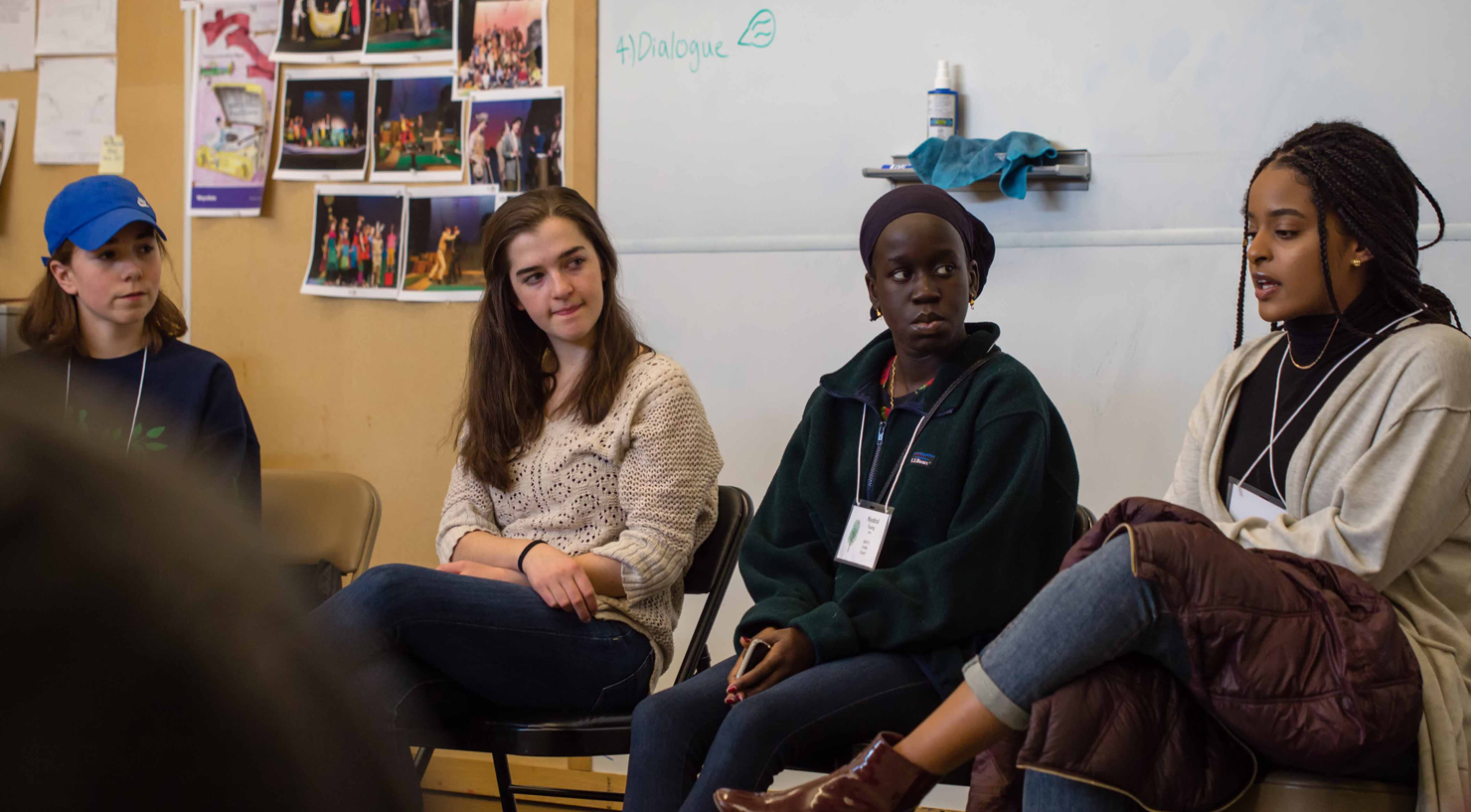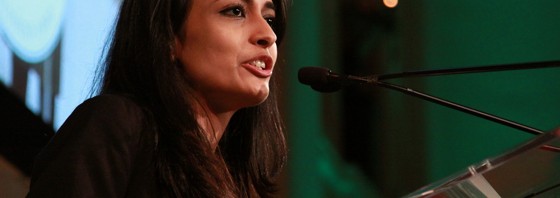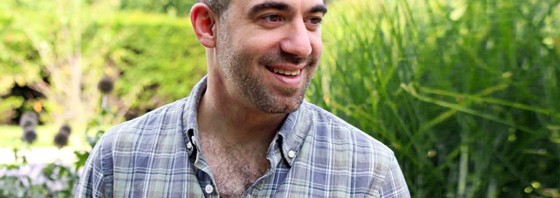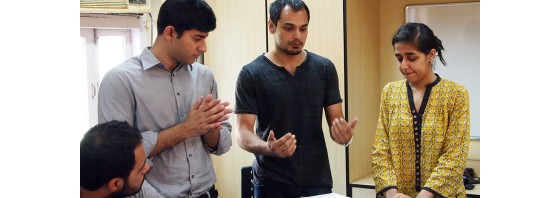
EDITOR’S NOTE: This is the first part in a series by Static Writer Kaitlyn McMahon that chronicles her experience at a unique camp this summer.
This summer, I had the remarkable opportunity to partake in an extraordinary, groundbreaking program. The program, called Seeds of Peace, has been working for the last 11 years to bring young people from all over the world together to learn about each other and erase ignorance.
Seeds of Peace was founded in March 1993 by the late John Wallach, an award-winning author and journalist. Motivated by the first attack on the World Trade Center, Wallach invited 46 future leaders from Israel, Palestine and Egypt to what would become Seeds of Peace International Camp in Otisfield, Maine, with the idea that these teenagers would be able to identify with one another and realize that the people they had been raised to hate had faces and much in common with them.
Since then, the group has expanded to include programs for Indians and Pakistanis, Balkan youth, Greek and Turkish Cypriots, and most recently, Americans and Arabs.
This inventive, ever-evolving organization has, on top of receiving numerous awards, honors and recognition, achieved some unbelievable goals. By setting up a safe, fun environment, Seeds transformed these students with predisposed hatred toward each other into friends; it allowed these teens who would never even have made eye contact to sit down across from each other and have a real, uninhibited conversation.
Seeds works on the principle that “treaties are negotiated by governments, but peace is made by people,” and for 11 years, Seeds of Peace has been working hard to change minds and change the world.
After founder and President Wallach died of cancer in July 2002, many were concerned about the future of Seeds of Peace. Would the program continue to be successful without Wallach, without his spirit, his enthusiasm and his tremendous presence?
Under the leadership of Wallach’s wife and senior Vice President Janet Wallach, Executive Vice President Barbara Gottschalk, Vice President and Camp Director Timothy Wilson and new President Aaron David Miller, Seeds did not just carry on with its crusade, it flourished.
Miller, in fact, had conceived an idea for a new element of Seeds of Peace—a program called Beyond Borders. The concept for Beyond Borders was to have 30 American and 30 Arab teenagers come to the International Camp for the Seeds experience: sports, music, drama and, most importantly, dialogue sessions. There was also to be a second piece to Beyond Borders—all of the students would travel to Jordan (six months after their first meeting at camp) to have a true exchange of cultures.
Essential in the implementation of Beyond Borders was the Seeds of Peace Director of Program Development Eva Gordon. Gordon worked to make Beyond Borders happen, organizing and instituting the program, considering and interviewing applicants, and contacting and establishing relationships with the students who were accepted.
Beyond Borders became a reality in August 2004. To ensure the perfect group for Beyond Borders, Seeds of Peace teamed up with LeadAmerica (a leadership conference program for young people in the United States, for which admission is based on academics and community activities) and AMIDEAST (America-Mideast Educational and Training Services Inc., a nonprofit organization that strengthens mutual understanding and cooperation between Americans and the peoples of the Middle East and North Africa) to complete the selections process.
To be eligible to participate in Beyond Borders, one had to be between the ages of 14 and 16, live in one of six areas of the United States (Massachusetts, California, Texas, Illinois, Georgia and the New York tri-state area) or one of six Middle Eastern countries (Egypt, Iraq, Jordan, Kuwait, Saudi Arabia and Yemen), be fluent in English, and be knowledgeable about current events and American-Middle Eastern relations. Applying to the program included filling out an application with personal information and achievements and writing short essays on news sources, current events and conflicts.
Seeds of Peace received hundreds of applications from the United States and the Middle Eastern countries. Once the candidates were narrowed down, interviews were conducted to finish up selections. At the end of the process, 33 American and 32 Arab teenagers were chosen to participate. These young leaders spent the last two weeks of August together at Seeds of Peace International Camp, with the experience culminating in a three-day trip to Boston.
The two weeks were monumental and life-changing for all the participants in Beyond Borders.








